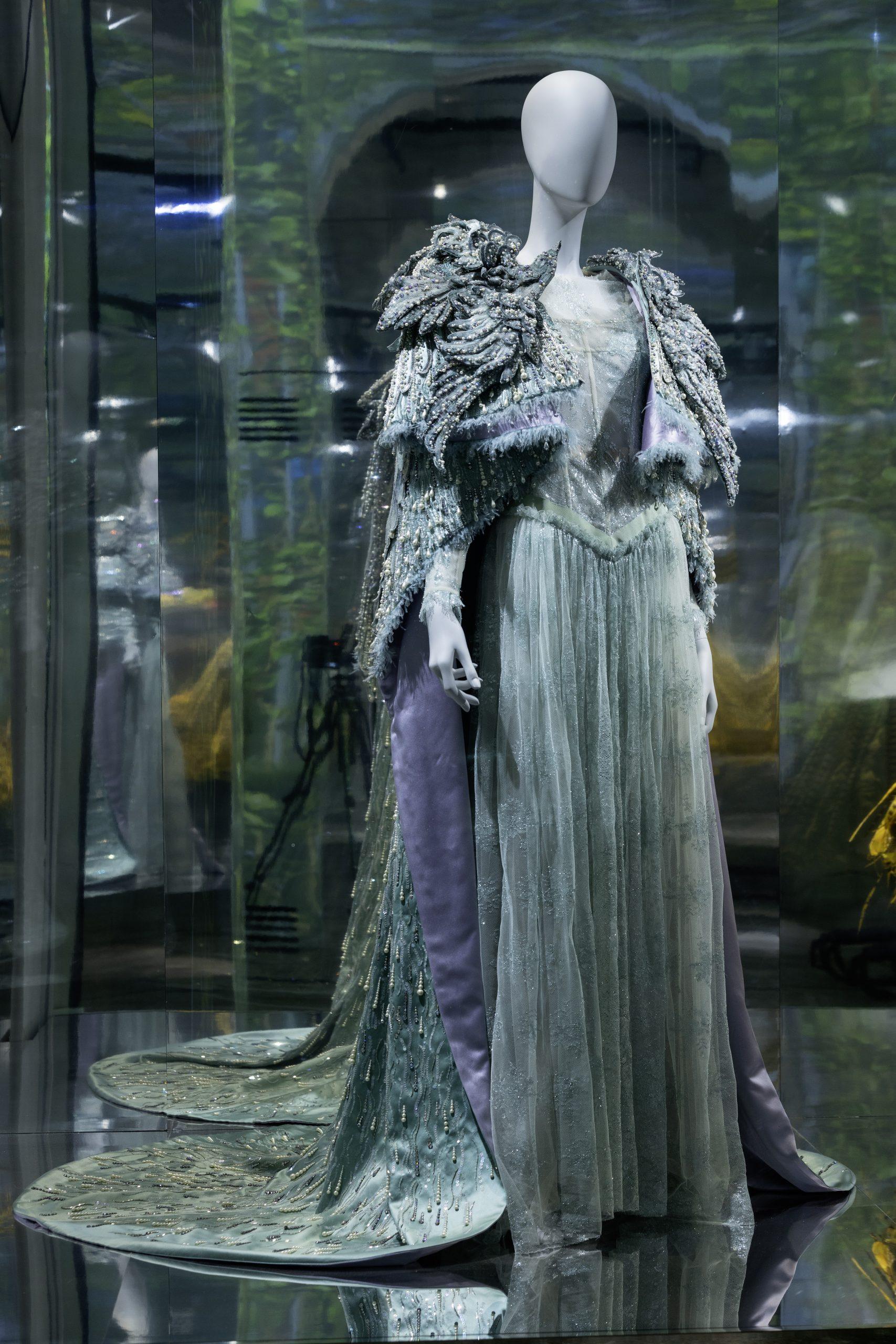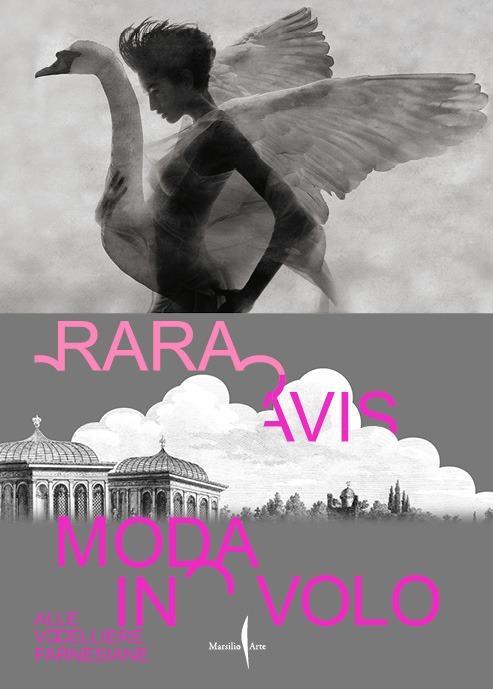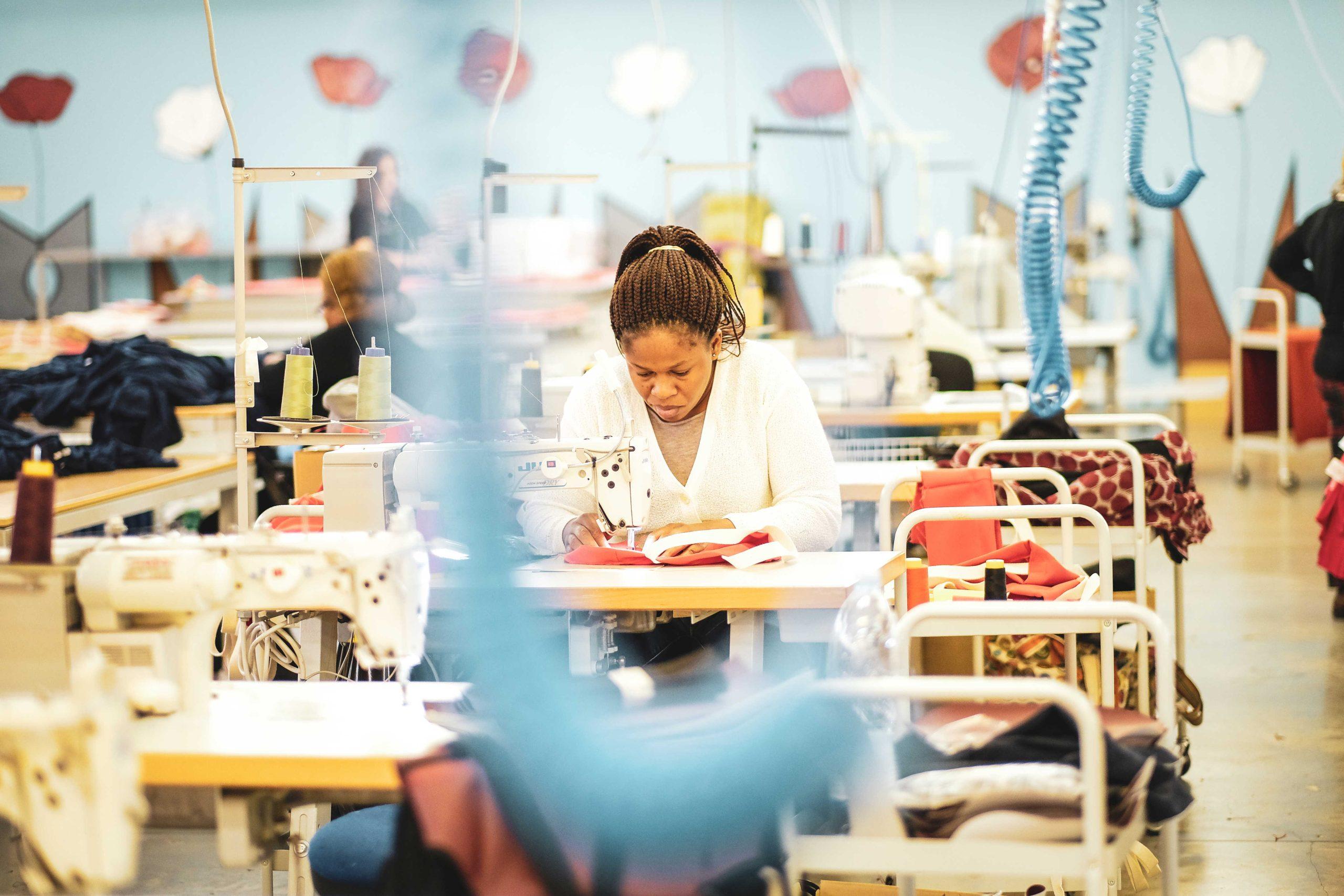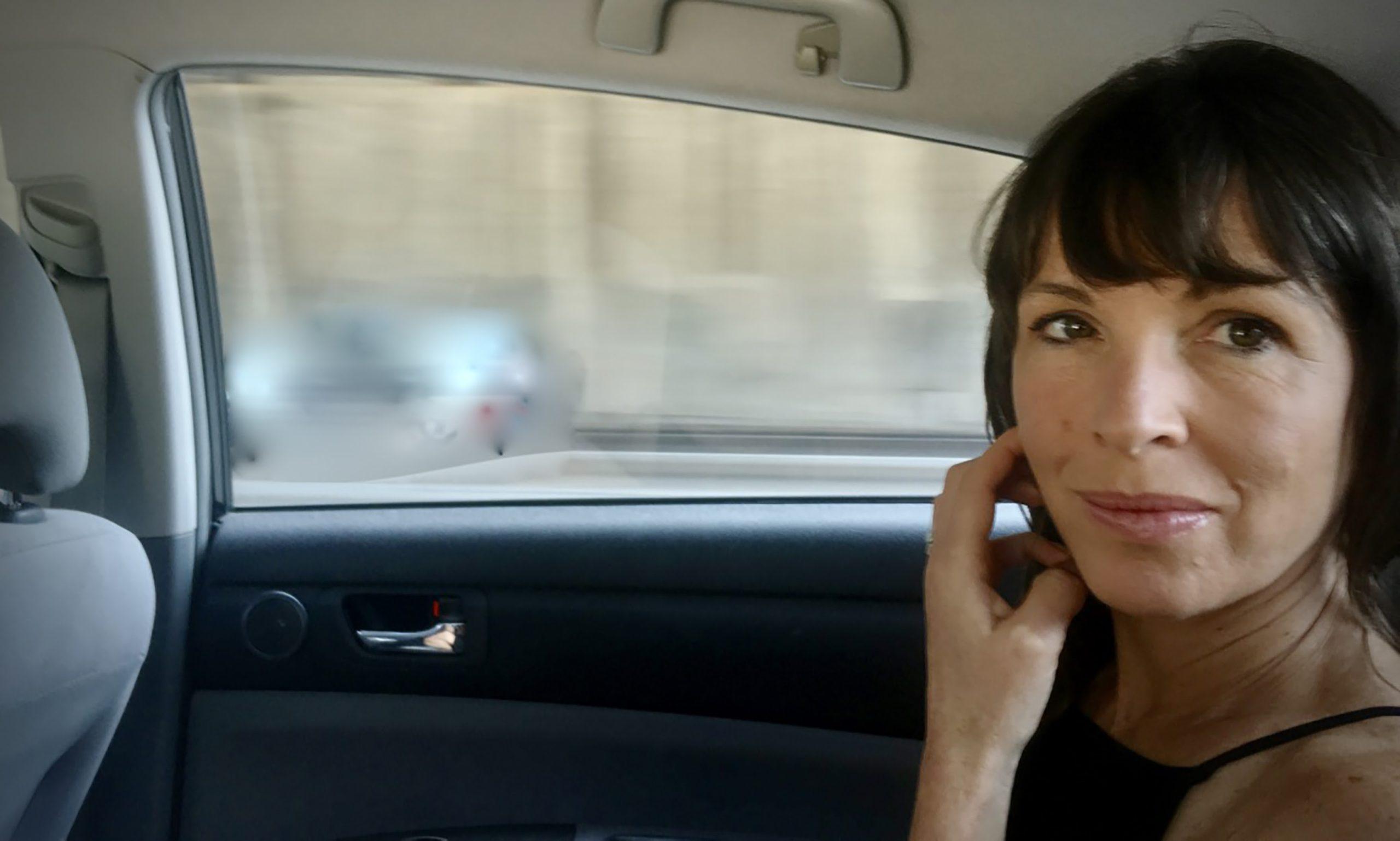The clothes and accessories on display in the exceptional exhibition venue on Palatine hill in Rome are inspired by the plumages and colours of birds. We asked the curator, Sofia Gnoli, to describe these extraordinary creations
Rara Avis. Moda in volo alle Uccelliere Farnesiane is the title of the exhibition staged at the Uccelliere Farnesiane in Rome until 21 July 2024, the catalogue of which is published by Marsilio Arte. We asked the curator, Sofia Gnoli, to tell us a bit more about it.
The exhibition that you curated at the Uccelliere Farnesiane on Palatine hill activates an intense dialogue with the exhibition space. Can you explain why and what was the idea that gave rise to this exhibition?
When Alfonsina Russo and I asked ourselves what exhibition to do in a place of astonishing beauty that are the Uccelliere Farnesiane, after various doubts, we thought of restoring them to the use for which they were born and populating them with visionary “bird” clothes and accessories. Rara Avis. Moda in volo alle Uccelliere Farnesiane was born precisely from that premise. If feathered clothes and accessories are infinite, “bird” clothes are much rarer. So it is that like two Wunderkammer, the “rooms of wonders”, which between the sixteenth century and the following century housed collections of natural and artificial curiosities, the Uccelliere Farnesiane today welcome visionary clothes and accessories.
The connection between the universe of fashion and the ornithological one has ancient origins. Would you like to briefly retrace with us its history and its development over time?
Unsettling or benevolent, in any case metaphorical, birds have belonged to the lexicon of appearances since ancient times. Such is the case of Maat, goddess of justice in Ancient Egypt, often represented with feathered wings, as well as the Harpies of Greek mythology, monstrous creatures with a woman’s face and the body of a bird or a mermaid. In the myth recounted by Ovid the sirens, who before were just the young girls who accompanied Proserpina, became birds. Then let us think about the last quarter of the eighteenth century, when Marie Antoinette was all the rage with her very tall hairstyles teeming with stuffed birds and small cages. Or the end of the following century when, in his social chronicles, Gabriele d’Annunzio, interpreting fashion as fetishism and “sex appeal of the inorganic”, focused on the “animal” charm of clothes and accessories. Like when in 1885 in the pages of La Tribuna, under the pseudonym Duca Minimo, he described peacock feathers, an indispensable accessory for seduction at the princess of Sagan’s ball inspired by La Fontaine’s fairy tales.
What are the most iconic clothes and accessories among those exhibited in Rome? Is there any anecdote about them that deserves to be mentioned?
The black swan dress comes to mind, composed of a draped lace skirt with a tulle train and a bustier entirely covered in goose feathers that ends with a swan’s neck and head that wraps around the back of the neck, created by Alexander McQueen for Givenchy (haute couture autumn-winter 1997), which recalls Odile from Tchaikovsky’s Swan Lake, as well as the white swan by Maria Grazia Chiuri for Dior (Cruise Collection 2022), inspired by a costume sported by Marlene Dietrich in 1935. But I would also like to mention Anna Piaggi’s dreamlike headdresses, the true “Rara Avis” of the exhibition, and the colourful dresses by Jean Paul Gaultier and Thierry Mugler.
In addition to the clothes and accessories, the setting also plays a leading role. How did you imagine it and then realize it?
The exhibition design is immersive, with projections of dreamlike landscapes and sounds and noises from nature. I imagined a more dramatic aviary dedicated to the myth, composed of black, white and gold specimens, and with a part that is a tribute to the “legendary” Anna Piaggi and an aviary like a kind of Garden of Eden “populated” by very colourful clothes.
Interview by Arianna Testino


BIO
Fashion scholar, curator and heritage expert, Sofia Gnoli is an associate professor at IULM University in Milan. A professional journalist, she writes for la Repubblica, La Stampa, Il Venerdì and Vogue Italia. Among her published works: Moda. Dalla nascita della haute-couture a oggi (Carocci, 2020), L’alfabeto della moda (Carocci, 2019), Eleganza fascista (Carocci, 2017) and The Origins of Italian Fashion 1900-1945 (V&A Publishing, 2014).
Cover photo: Thierry Mugler, Haute Couture spring/summer 1997, Les Insectes. Velvet sheath dress with multicoloured feather wings. Photo Simona Murrone ‒ Parco archeologico del Colosseo
Captions of the photos:
Dolce&Gabbana, Alta Moda Florence 2020 – Look 23, Clarice. Organza corset dress entirely embroidered with rooster and pheasant feathers. Photo Simona Murrone ‒ Parco archeologico del Colosseo
GUCCI for Florence Welch, Met Gala, New York, 2019. Floral lurex-embroidered lace gown with corset and ribbon, and cape with crystal-, pearl-, and sequinembellished winged bird appliqués and satin lining. Photo Simona Murrone ‒ Parco archeologico del Colosseo
Elsa Schiaparelli, 1940s. Felt headdress trimmed with feathers. Associazione Culturale Anna Piaggi. Photo Simona Murrone ‒ Parco archeologico del Colosseo
Thierry Mugler, Haute Couture spring/summer 1997, Les Insectes. Velvet sheath dress with multicoloured feather wings. Photo Simona Murrone ‒ Parco archeologico del Colosseo
Related products
Related Articles











